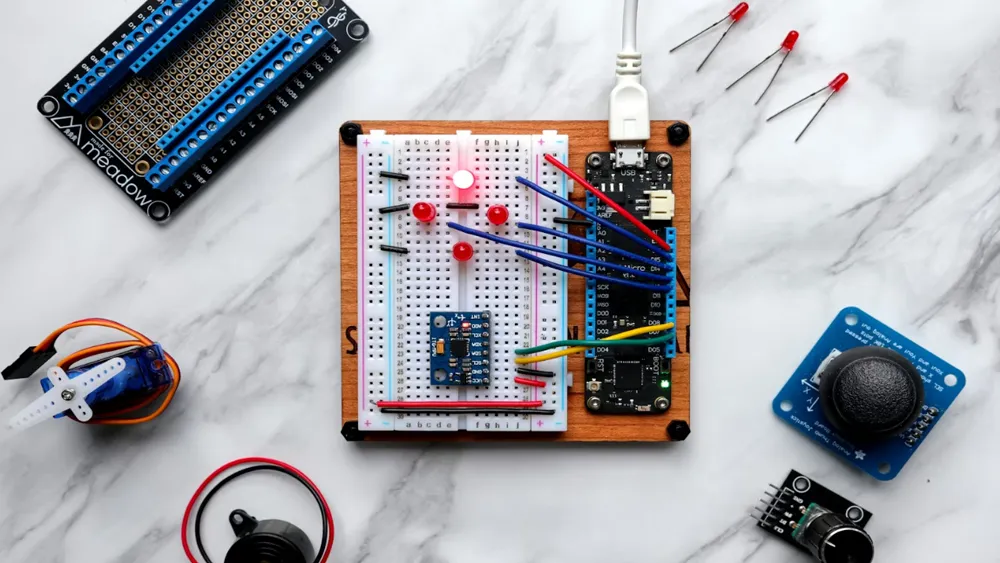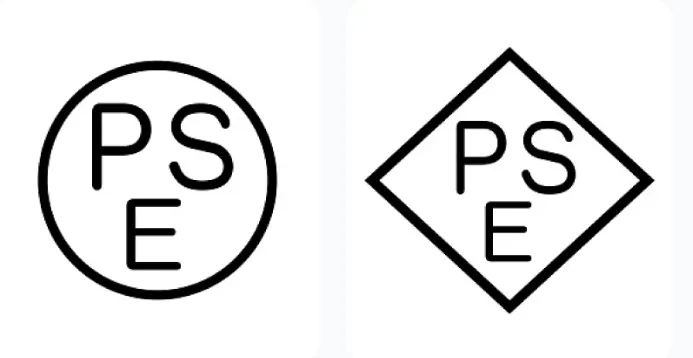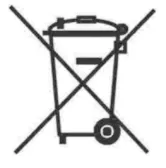
What is Australian Electrical Certification?
With the continuous development of global trade, the Australian market—due to its unique geographical location and econoMIC environment—has become one of the key target markets for many electronics and electrical appliance manufacturers and exporters. However, entering this market is not easy. Australia imposes strict quality and safety requirements on imported electronic and electrical products. This article provides a detailed guide for companies intending to export electronic and electrical products to Australia by analyzing the major certification requirements in the Australian market.

Importance of the Australian Market
As a developed economy, Australia has a growing demand for electronic and electrical products. At the same time, the Australian government continues to raise its standards for product safety and quality, presenting both challenges and opportunities for foreign manufacturers and exporters.
Role of Certification Bodies in Electrical Certification:
1. EESS Electrical Safety Certification: Issues Certificates of Conformity (Level 3) and Certificates of Suitability (Levels 1 and 2).
2. ACMA and RSM Telecommunications and Electromagnetic Energy Certification: Provide compliance declarations related to telecommunications, radio communication, and electromagnetic compatibility.
Key to Entering the Australian Market: Certification
1. saa certification
SAA certification is one of the major hurdles for entering the Australian market. It is administeRED by the Standards Association of Australia, mainly focusing on the safety of electrical products. There are two types of SAA certification: Type Approval(applicable to product samples) and Standard Marking Approval(which requires factory inspections for each product).
2. c-tick certification
C-TICK certification mainly addresses electromagnetic compatibility (EMC)for electronic and electrical products. Products must meet specific CISPR standards, and Australian importers must submit relevant test reports and declarations. The C-TICK certification, issued by the Australian Communications and Media Authority (ACMA), is aimed at protecting radio communication spectrum resources.
3. RCM Registration
Since March 1, 2013, all electronic and electrical products intended for sale in the Australian market must be registered and filed in the national EESS database and bear the RCM (RegULatory Compliance Mark). This measure simplifies the certification process and replaces the previous SAA and C-TICK certifications. rcm certification covers both electrical safety and EMC, making it a mandatory requirement for market entry.
How to Pass Certification Smoothly
For foreign trade enterprises, understanding and complying with Australia’s certification requirements is key to successful export. Companies should prepare in advance by familiarizing themselves with the latest certification requirements, selecting qualified testing agencies for product testing, and preparing the necessary technical documentation and reports.
Additionally, utilizing professional foreign trade service platforms, such as NetEase EZTrade, can significantly improve export efficiency and success rates. The one-stop services provided by EZTrade help businesses navigate the complex export procedures and certification requirements, accelerating their entry into the Australian market.
Australia sets very high standards for the quality and safety of electronic and electrical products. However, as long as companies strictly follow the certification processes and standards, they can successfully enter this highly promising market by meeting the requirements of SAA certification, C-TICK certification, and RCM registration.
Email:hello@jjrlab.com
Write your message here and send it to us
 What is Amazon TIC and How Can Sellers Achieve Com
What is Amazon TIC and How Can Sellers Achieve Com
 2026 Battery UN38.3 Certification (Test Report) &a
2026 Battery UN38.3 Certification (Test Report) &a
 What is the IEC 62680 Standard? Compliance Interpr
What is the IEC 62680 Standard? Compliance Interpr
 Amazon Japan December Compliance Requirements
Amazon Japan December Compliance Requirements
 How to Check a CPSC-Accepted Laboratory?
How to Check a CPSC-Accepted Laboratory?
 WEEE Registration for Waste Electrical &Electr
WEEE Registration for Waste Electrical &Electr
 MSDS Chemical Safety Testing
MSDS Chemical Safety Testing
 What Are the Differences Between UK REACH and EU R
What Are the Differences Between UK REACH and EU R
Leave us a message
24-hour online customer service at any time to respond, so that you worry!




